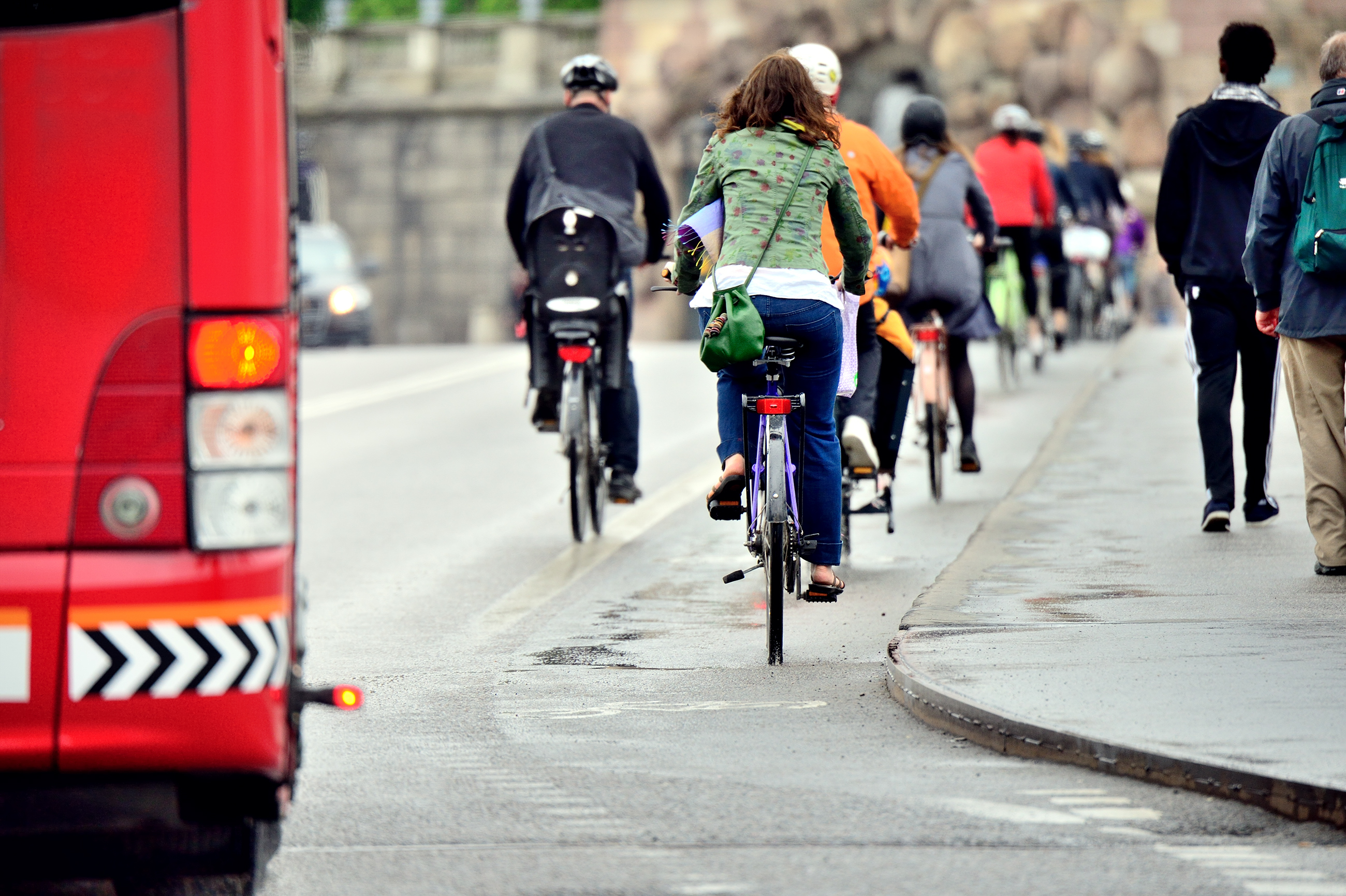Do you cycle to work? Even just once in a while? If not, why not?
When I’ve asked others that question before I’ve been given a lot of different reasons why they don’t ride to work. Many of these relate to an individual’s own situation, perceptions and experience.
As someone who cycles regularly I can quite happily counter these reasons time after time and put forward viable solutions, but there is more to it than that.
There are many who, whatever argument or reasoning is put forward, will never consider commuting by bike as a viable option. However, there are just as many who might actually give it a go if they were given the right information, or the necessary underlying infrastructures were in place.
Let’s start with the positives. It is widely recognised that cycling to work promotes an active and healthy lifestyle leading to a whole range of benefits down the line: from a healthier workforce and increased productivity to lessening the burden that obesity and other weight related issues places on the health and welfare system.
Cities like Copenhagen and New York have shown that increasing cycling use within their streets has produced environments that are better places to live and work in with reduced congestion, pollution (including noise) and have also had the knock-on effect of supporting small businesses which have been on the route of cycle lanes.
It is really a no-brainer, a win-win for everyone. Even just a small percentage increase in cycle use as a form of transport would have a visible positive impact. So what do we need to do to drive this forward?
Following comment from Downing Street that “an extended number of honours would be handed out to recognise the “phenomenal” achievements of Britain’s Olympians in Rio this year, Olympic Champions such as Laura Trott and Owainn Doull have all put their names to an open letter to Downing Street. They say: “Our athletes have inspired the country and now we urge the government to take cycling seriously as a transport option for everyone”.
They continued “The best way to honour the achievements of our athletes would be a legacy of everyday cycling in this country – a place where cycling is the choice form of transport for people to get around in their daily lives.”
After London 2012, David Cameron stated that he wanted to see a “cycling revolution”. Since then the draft cycling and walking strategy released earlier in 2016 (for England only) allocated an investment of just £1.39 per head of the population outside of London for increasing cycle use. Scotland fairs slightly better.
The Scottish Government published the Cycling Action Plan for Scotland (CAPS) in which they aim by 2020 to have 10% of all journeys made by bike. 10% is a very modest target (the percentage currently sits at 19% in Denmark and 27% in the Netherlands), but with a budget of approximately £2.48 per head of the population even the modest target of 10% may be unachievable.
But should we leave it to governments to get us on track? A real revolution can only happen with the mass of the people getting their bikes out of the shed and leading the way.
Cycle to Work Day” is on September 14 this year and a great initiative encouraging us all to be part of the revolution. If you’ve been inspired by our Olympic and Paralympic success then why not get your bike out of the shed and join in?
Look out for our health feature about Cycle to Work Day in Monday’s Courier online.
Route:
Kingdom Cycle Route Fife:
Tay Bridge to Forth Road Bridge
Distance 109 miles
On and Off road sections
Comprised of two sections (North and South), the Kingdom Cycle Route will take you on a complete journey around Fife taking in both the Tay and Forth estuaries. The recommended starting point is at the Forth Road Bridge, but as it is a circular route you can ride sections, or start at any point. Full details and a map of the route can be found at:
http://goo.gl/FlxRN8











